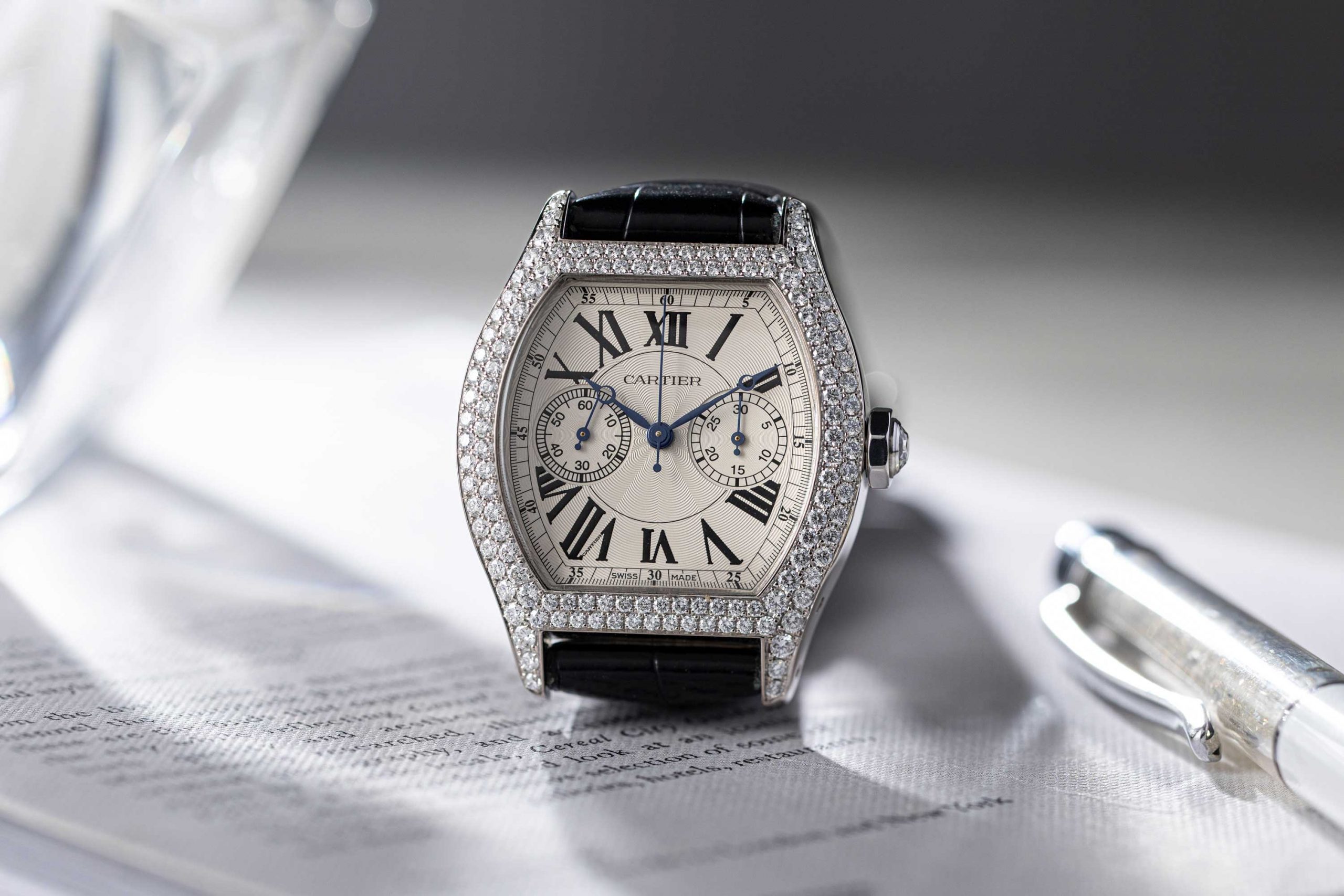Credits: Article and images by @ Revolution Watch Magazine. See the original article here - https://revolutionwatch.com/cartier-tortue-monopoussoir-perpetual-calendar/


The maison was in prime position to produce the cases and, in fact, early Cartier watches are as desirable as they are thanks to the incredibly beautiful cases in which the watches reside. Lovingly called the “Tortue à pattes” or “tortoise on legs”, the Tortue is inspired by the tortoise with its round body and short lugs like a tortoise’s legs.
In 1919, Cartier signed an exclusive contract with Edmond Jaeger, forming the European Watch & Clock Company (EWC), which would supply the maison with ultra-thin chronometer movements produced by Jaeger’s partner, LeCoultre & Cie. When vintage examples of the Tortue Monopoussoir appear on the market or at auction, they command hefty prices, such is the demand for rare vintage Cartier. The genius of the watch is that all its functions, including the chronograph, are controlled via the crown. This is obviously a neat feat of watchmaking but, arguably more importantly to Cartier, afforded a very clean looking case design without additional pushers with more moderately-sized proportions of 26 x 35mm. Très élégante.
Credits: Article and images by @ Revolution Watch Magazine. See the original article here - https://revolutionwatch.com/cartier-tortue-monopoussoir-perpetual-calendar/







